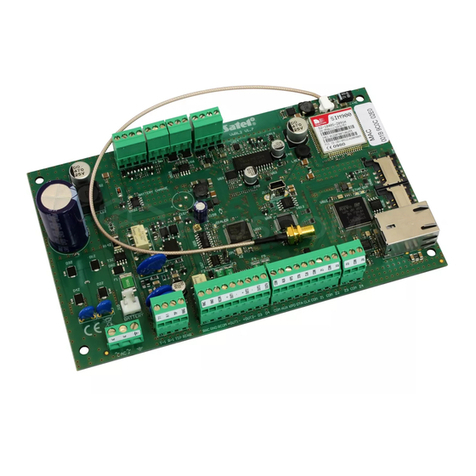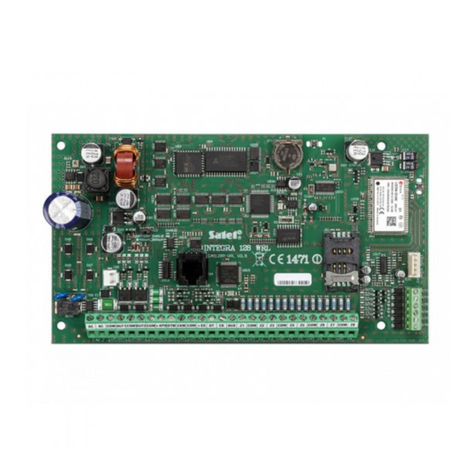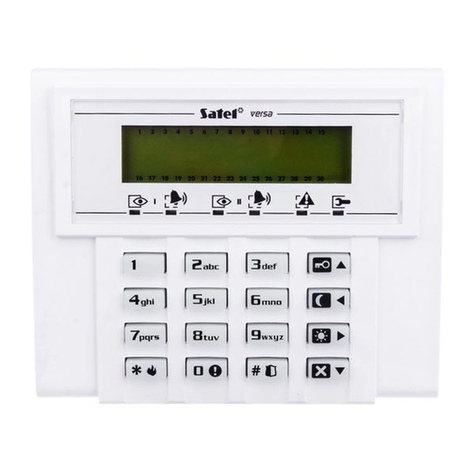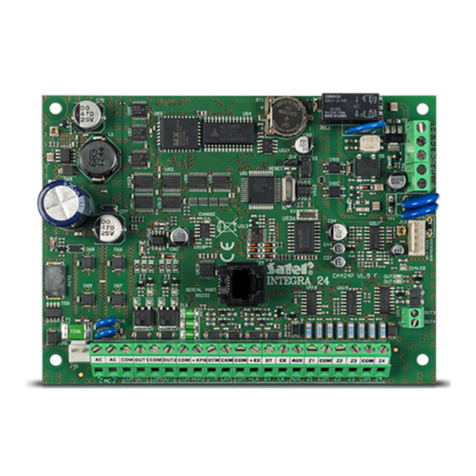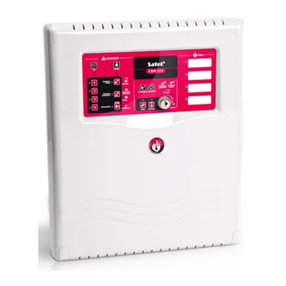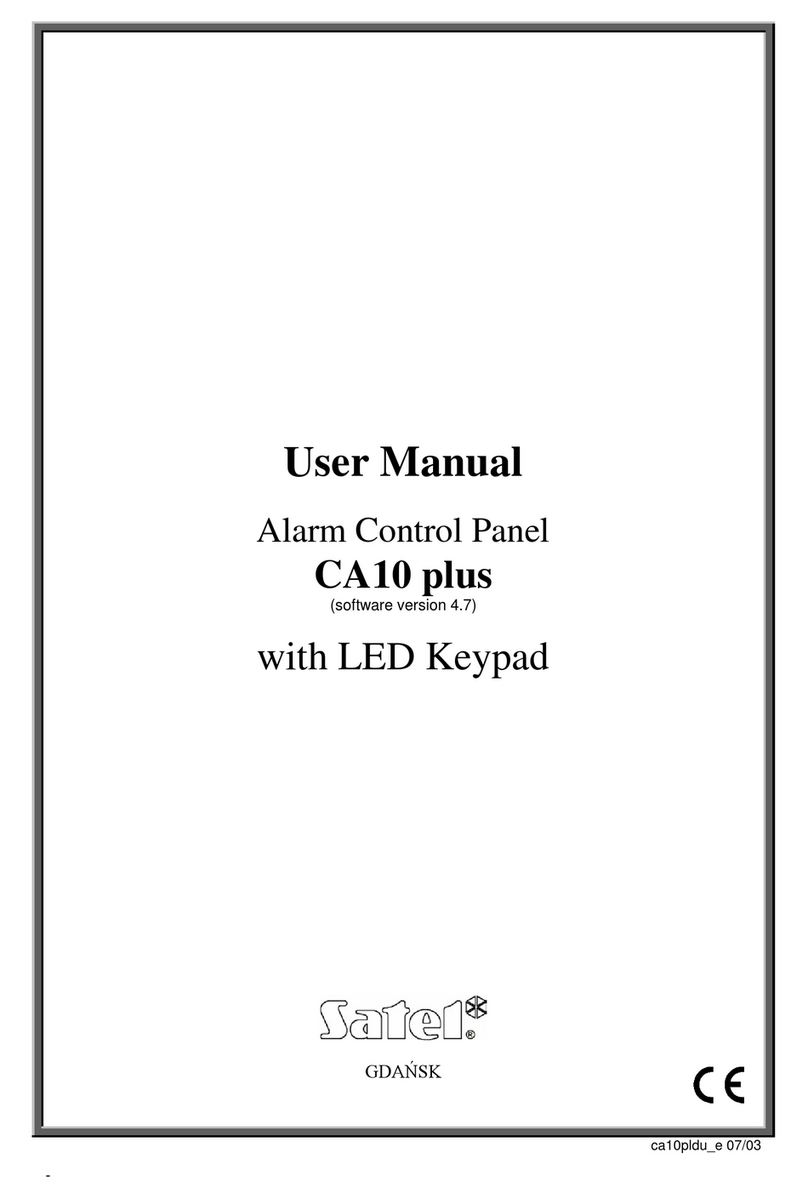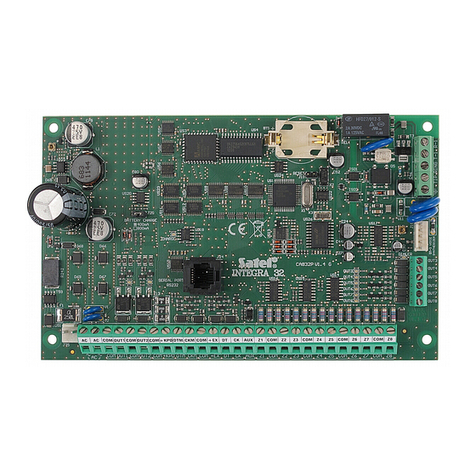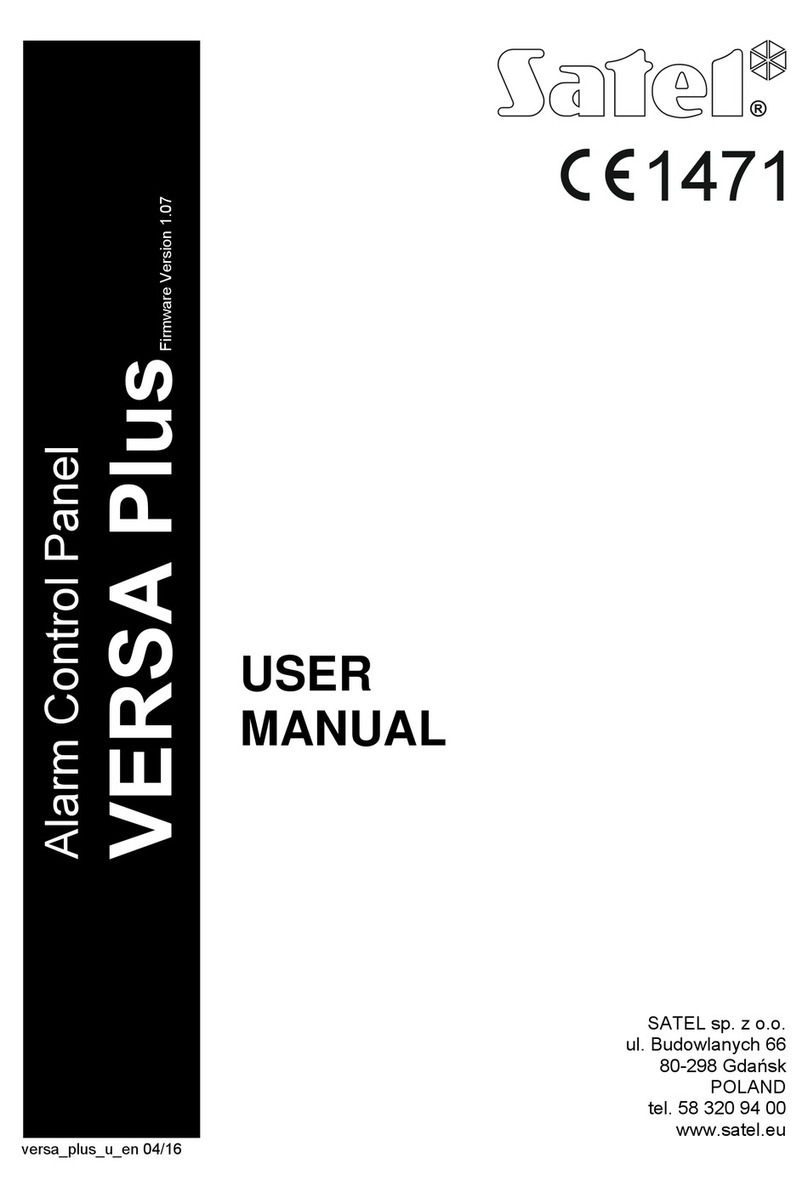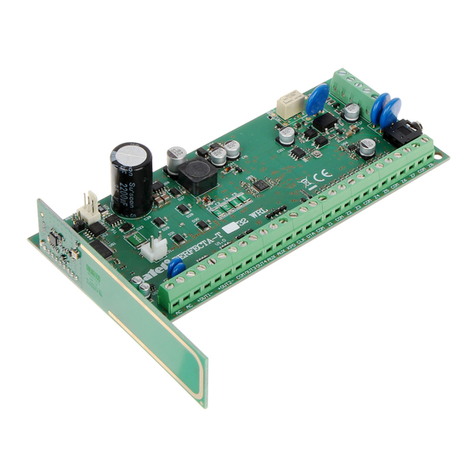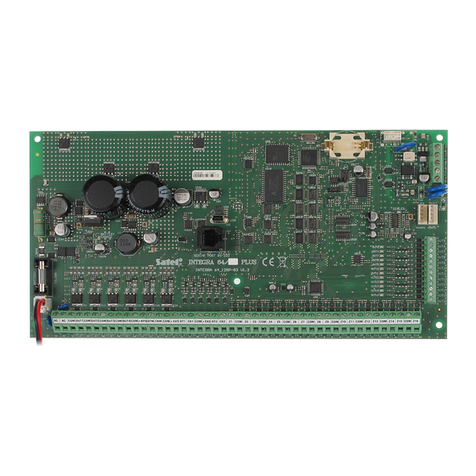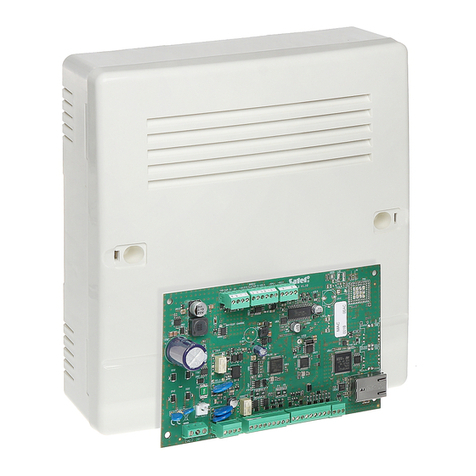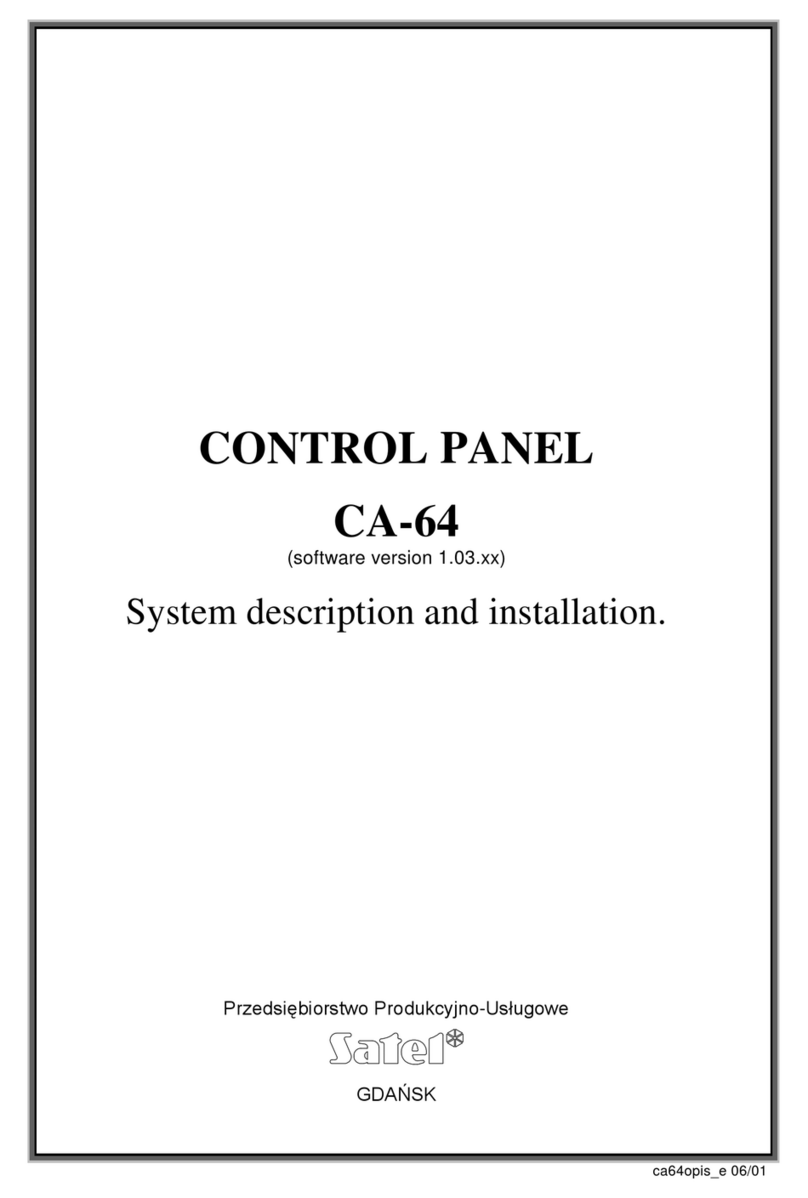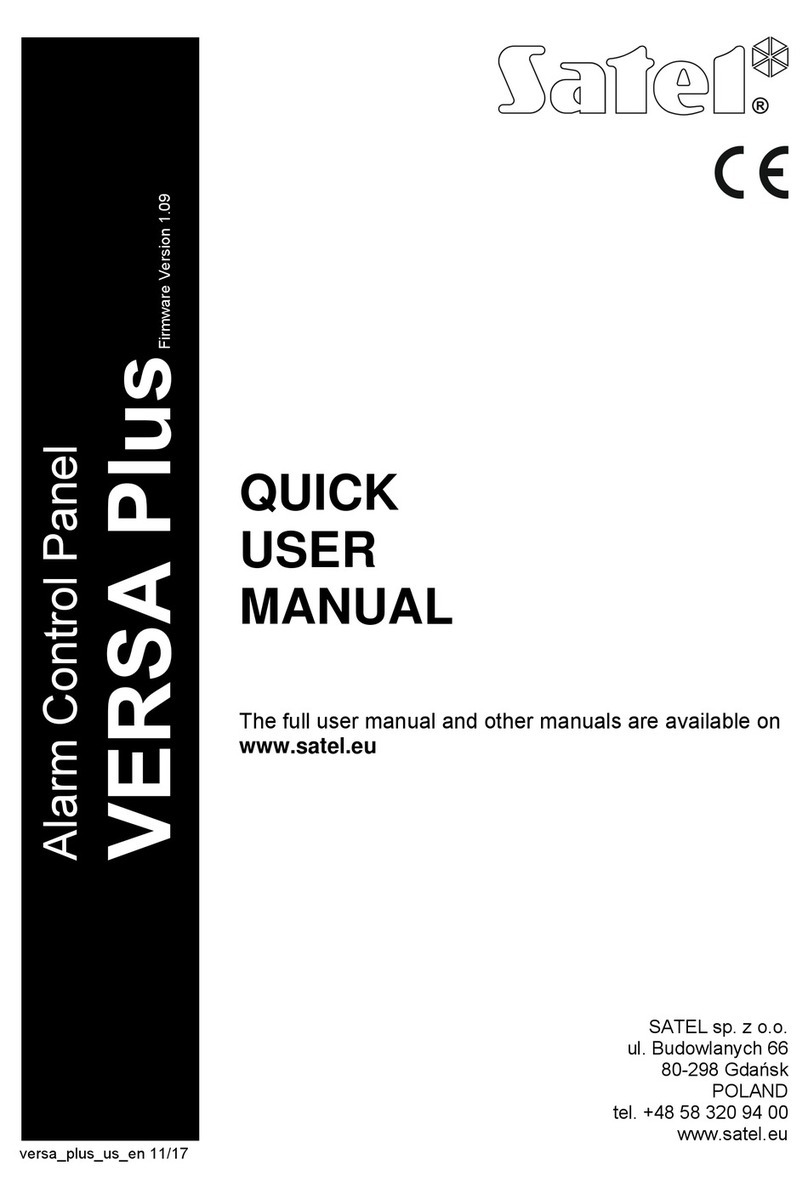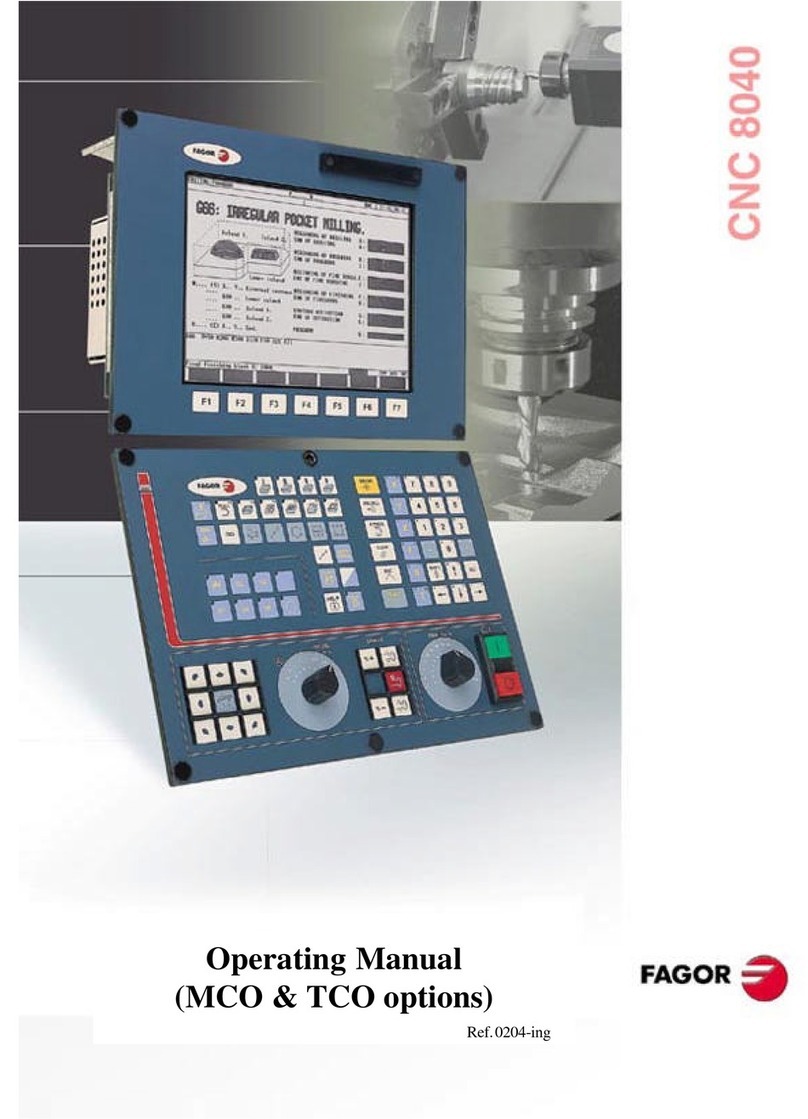U
SER MANUAL CA-5
2
1. TECHNICAL RELIABILITY OF THE SECURITY SYSTEM
The security system is built of technical devices, the reliability of which is vital for
effectiveness of the site protection. The security system elements are exposed to a variety of
outside factors, including the weather conditions (outside sirens), lightning (overhead
telephone lines, power lines, outside sirens), mechanical damage (keypads, detectors. etc.).
Maintaining a high level of the security system reliability is only possible by current control of
the functioning of particular devices.
The control panel is equipped with a number of safeguards and auto diagnostic functions
intended for testing the system reliability. The control panel signals trouble detection by
switching on the [TROUBLE] LED on the keypad. Such a situation requires an
immediate response and, if necessary, consultation with the installer.
It is necessary to periodically test the security system functioning. Make sure that the control
panel reacts to violation of individual detectors, that their field of vision is not blocked, that
there is a reaction to the opening of protected doors and windows, and that the functioning of
sirens and telephone monitoring is correct.
The installer should provide specific instructions on how the system should be tested. It is
recommended that periodical surveys be carried out by the installer, as requested by the
user.
The user, in his own interest, should anticipate unexpected alarm conditions and plan
adequate procedures. It is vital to be able to verify the alarm, to determine its source based
on the keypad information, and to take appropriate measures, e.g. to organize evacuation.
2. ALARM SYSTEM OPERATING COSTS
The main task of the control panel is signaling and efficient reporting of alarm situations and,
as far as the monitoring function is concerned, keeping the monitoring station informed about
the protected facility status. Performance of these functions is to a large extent based on the
use of a telephone line, which entails generating certain costs. Generally, the level of costs
incurred by the alarm system owner depends on the amount of information the control panel
has to transfer to the monitoring station. A failure of the telephone links, as well as incorrect
programming of the control panel, may considerably increase these costs. Such a situation is
usually related to an excessive number of connections made.
The installer can adjust functioning of the alarm system to the specific conditions and the
type of protected site, however it is the user who should decide if his or her priority is
transferring information at any price, or, if some technical problems occur, the control panel is
allowed to skip some events, the reception of which has not been confirmed by the
monitoring station.
3. GENERAL FEATURES
The CA-5 alarm control panel is an advanced, microprocessor based device designed for
burglary and panic alarm systems. It is characterized by simplicity of operation, legibility of
information for the user, and a high operational reliability. It has been fitted with a telephone
communicator (dialer) which enables the security system to operate together with
a monitoring station.
The control panel is intended for a variety of sites, including apartments, detached houses,
warehouses, stores, kiosks, etc.

